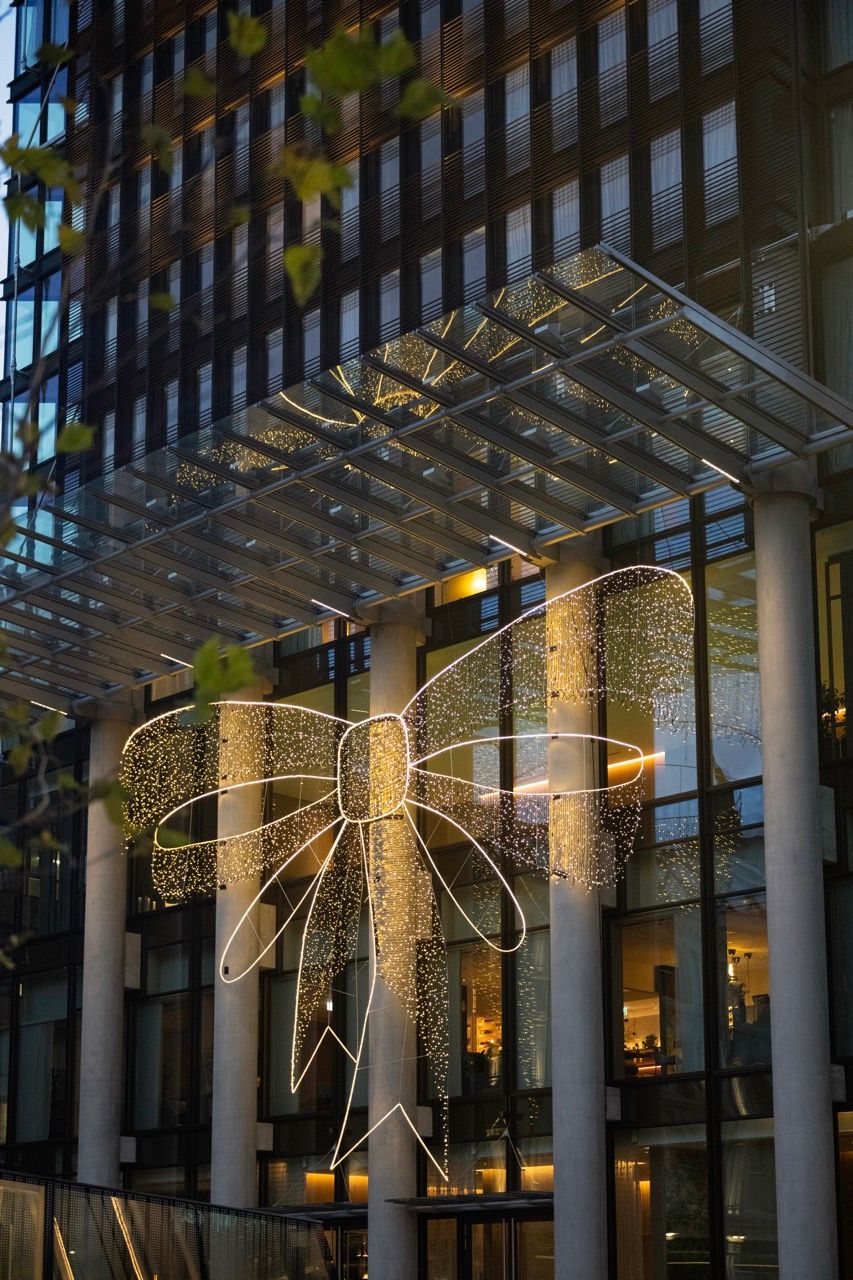Colour And Shape Psychology In Branding
October 11, 2019
Branding matters. Your brand is what sets you apart from competitors and allows you to connect with your audience. There’s a lot that goes into branding, but we’ll start with the basics, namely your visual identity.
The key to a strong visual identity is a recognisable logo. But how do you go about creating an iconic logo? Let’s delve into colour.
Colour psychology is essentially the influence colour has on human emotion. We have unconscious associations with specific colours. Think of the word ‘fresh.’ Did the colour green come to mind? To explore this a step further, different colours have the power to evoke different feelings. For example, red is known to trigger appetites, which is why it’s commonly used by fast food brands in their logos.
Colours on the warmer side of the spectrum, like red and yellow, are thought to be bold, uplifting and energetic, whereas their cooler counterparts, like blue and green, exude calmness.
A rough guide to colour association
- Red: Energy, passion, love
- Orange: Optimism, playfulness, trust
- Yellow: Hope, happiness, fun
- Green: Nature, harmony, renewal
- Blue: Intelligence, tranquillity, trust
- Purple: Compassion, creativity, royalty
- Pink: Innovation, optimism, femininity
- Black: Strength, sophistication, power
- Gray: Serenity, wisdom, professionalism
- Brown: Stability, comfort, protection
Once you’ve established a core colour you’ll want to think about colour combinations. This is where the colour wheel comes into play. The most basic version features 12 colours, based on the ‘RYB’ colour model and is an essential tool for combining colours.
As a general rule, your logo design shouldn’t contain more than three colours. Keeping to minimal core colours will help to create a ‘sticky’ brand identity. Pay attention to colour trends within your industry. Understanding the market will help you better target your audience.
Now let’s tackle shape
Much like certain colours evoke certain feelings, shapes can help form psychological connections between a brand and consumer. Circles are often thought to be representative of collaboration and stability, whereas squares symbolise balance and reliability.
The Gestalt principles form a framework for how we process visual information, which we can apply to shape within branding.
- Proximity: The principle of proximity follows the idea that objects that are near to each other form a collective group even if they do not come into contact. This is because we tend to see objects that are close together as more related than objects that are far apart.
- Closure: This principle states that when we see a complex or incomplete arrangement we will look for a recognisable pattern. For example, when viewing a dotted outline we tend to see an overall shape rather than short unrelated lines.
- Similarity: The principle of similarity suggests that objects with similar qualities are thought to belong to the same group, similar to how articles of clothing can be grouped together based on their shape.
- Continuity: This principle states that we see elements that are on a line or curve to be more related than those that aren’t. This is because the human eye will follow a line beyond its end point to avoid interruption.
- Common Fate: This principle suggests that we tend to perceive elements moving in the same direction as a unified group.
- Figure-ground: This principle outlines the idea that we differentiate designs or objects based on our perception of the figure (subject) and the ground (background).
- Symmetry: The principle of symmetry states that the human eye tends to prefer designs that are made up of equal elements.
It’s worth considering Gestalt’s principles when designing the form of your logo. However, you should also take into account scalability, how your logo will look in various sizes, and endurance. The aim is to create a logo and branding that will stand the test of time and can evolve with your brand.








